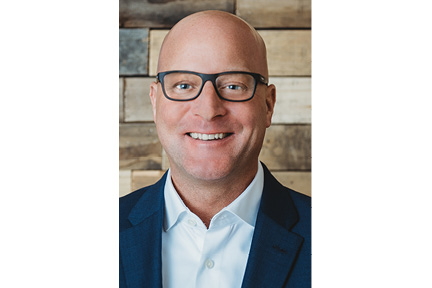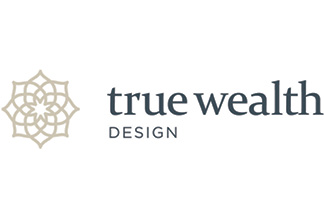Sponsored
Donor-Advised Funds Can Enhance Tax Benefits On Your Charitable Giving
by Kevin Kroskey, CFP®, MBA
The majority of Americans donate to charities yearly and most donate cash. However, using cash is generally the least tax-efficient method to make a gift. Cash tends to be operationally inefficient too. Using a donor-advised fund (DAF) can help improve both and more.
Using a DAF
A DAF is a private fund established to manage charitable donations of individuals, families or institutions. The fund is generally offered through major custodians, such as Fidelity or Schwab, or through local community foundations. DAFs may accept cash, stocks, mutual funds, life insurance policies and even less liquid assets such as real estate or closely held company stock.
The process of gifting through a donor-advised fund works like this. You open and fund the account, making an irrevocable gift while receiving an immediate tax deduction. The fund is the actual grant-maker and sends the checks to the 501(c)(3) nonprofit groups you recommend. The charity receives a check in the mail from the fund, “The John and Jane Jones Family Donor Advised Fund,” for example. If privacy is a concern, full anonymity can also be elected when making a grant.
Operationally, once the account is set up, it is a time saver. For one, if you only make donations from your DAF, there’s no more tracking each donation and ensuring it ends up on your tax return. Rather, the contributions made to your DAF are the only donation you need to report, and the report is provided to you yearly.
Second, making a grant is very much like using an online bill-pay service that you would use through your checking account. You can set a recurring payment to be made automatically from your DAF to a charity on a monthly or yearly basis, for example. Set it up once and you’re done. No more writing checks, buying stamps, going to the bank for cash or putting your donation on a credit card while incurring a 2-3% fee on the gift.
Bunch & Avoid
Since 2018, tax reform diminished the tax benefits of making charitable deductions for many. The benefit of a higher standard deduction – $25,900 in 2022 if married filing jointly and higher if over age 65 – while limiting deductions for state, local, and property taxes (SALT) to no more than $10,000 resulted in fewer taxpayers itemizing their deductions.
Suppose you have $10,000 in SALT taxes and no other deductions. Then you and your spouse make a generous $16,000 donation to local charities. Your total deductions are now $26,000. Yet, since your standard deduction is $25,900, the only tax benefit you get on the $16,000 donation is a measly $100 – the amount over the standard deduction. Good for charity, but not a good tax result for you.
You could use a bunching strategy to donate enough to the DAF in one tax year to meet the next several years of your planned giving. You take the full charitable deduction in the year of the contribution and itemize. You then go back to the standard deduction next year.
You can even invest within the DAF, growing what you will give over the coming years. The bunching strategy can be particularly effective during the last few years of work when you may be in a higher tax bracket than your early retirement years.
While you could donate cash to the DAF, donating appreciated securities held outside of retirement accounts is even better. In addition to the income tax deduction, you avoid realizing a capital gain, which can be up to as 23.8% federal rate plus state taxes. A triple tax benefit: bunching, immediate income tax deduction and capital gain avoidance.
From an investment perspective, cherry-picking highly appreciated shares may also help you bring your portfolio back in balance while avoiding a tax bite. Or if you want to continue to hold the position, you can donate the shares and then use cash to rebuy the position. The capital gain vanishes.
There are other creative ways DAFs could be integrated into a business sale, your Roth conversion strategy or getting your entire family more involved with philanthropy. Regardless, using the old method of cash is easily bested with thoughtful use of a DAF. Fees to the DAF sponsor are typically around 1% of the assets in the fund. So these costs should be weighed against the benefits.

Sponsored by
True Wealth Design
Kevin Kroskey, CFP®, MBA is the Founder of True Wealth Design, a wealth management firm with deep expertise in retirement, tax, and investment planning, helping successful families and individuals Plan Smarter and Live BetterTM
Opinions and claims expressed above are those of the author and do not necessarily reflect those of ScripType Publishing.

